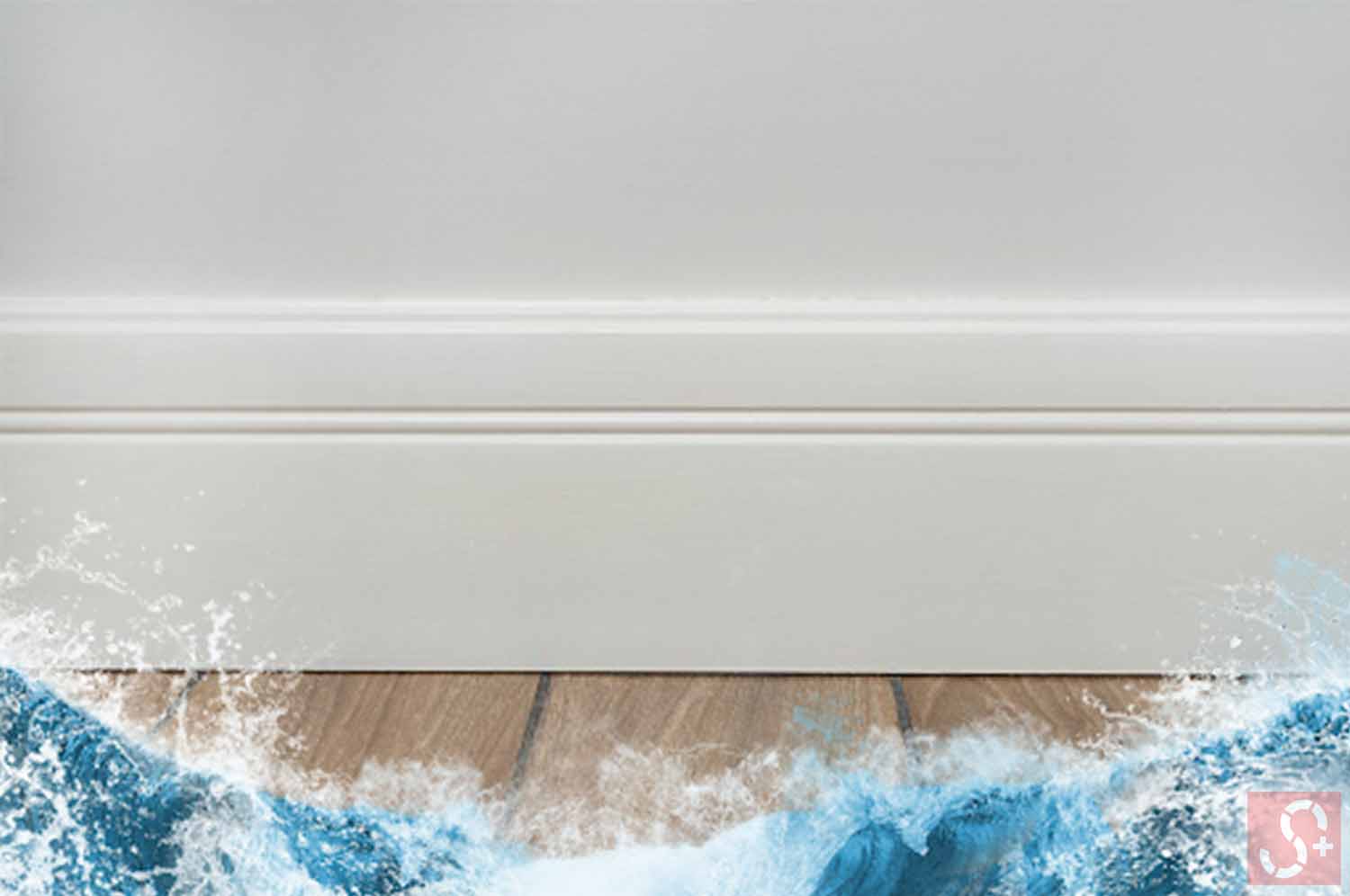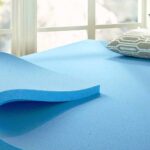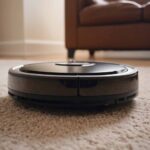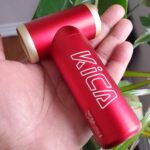MDF baseboards are the most common baseboard out there. You very well may have MDF baseboards in your home right now. But what is MDF? MDF stands for Medium Density Fiberboard. It is one of the least expensive and most consistent baseboards that you can buy. Because it is manufactured, the pieces will generally be symmetrical and without warpage. While purchasing some of the popular wood options could leave you with warp and bows in the baseboard. Keep reading to see if MDF is right for you.
How water-resistant are MDF baseboards?
Is MDF waterproof? It is a highly versatile material for baseboards and is used in various things throughout homes. But what about places where it is exposed to moisture, like a bathroom, kitchen, or laundry room? The answer is no.
Most standard forms of MDF are not waterproof at all and will soak up any water that comes into contact like a sponge.
LATEST VIDEOS
However, there is a moisture-resistant MDF baseboard, which is referred to as MR MDF. This baseboard advertises that it is not waterproof but moisture resistant. This moisture-resistant MDF can cost around twice as much as standard MDF, but you will save the worry of replacing it if it comes into contact with water. If the price tag turns you away, know that there are other ways to help seal the water from affecting your MDF baseboards that we will discuss throughout this article.
How to make MDF baseboards more water-resistant?
They make paints and stains that help the product they are applied to keep from getting wet. Unfortunately, the way MDF is manufactured, you will not be able to use sealers, only paints. Although MDF does not accept sealer due to its manufacturing process, it does accept paint very well.
Adding a bead of chalking to the bottom of the MDF baseboard will dramatically improve its resistance to water.
Is MDF more water-resistant when painted?
If you were to paint your MDF baseboard water-resistant, it would be more water-resistant.
As long as the coat of paint stays intact, then moisture should not harm your MDF baseboards.
However, if it develops a crack in the paint, the water will be able to get behind it, and the standard MDF will proceed to soak up the water.
Another thing you should consider is that MDF is still a wood-based product. This means that moisture and humidity levels will cause your baseboards to swell and shrink.
If this happens repeatedly or if it swells or shrinks too much, it can cause the paint to crack.
If you’re a pet owner, check out our recent article that talks about protecting your baseboards from pet hair.
What type of paint should you use?
To help your MDF baseboard become more water-resistant, you must use water-resistant paint. Your local big box hardware store should carry some different options to choose from. If you have ever heard of KILZ, they offer excellent options for primers and paints manufactured to be water-resistant.
The KILZ brand even has color options with their paint so that you are not only stuck with white. However, this is not your only option. There are multiple brands that your local store should carry that you will be able to choose from.
Keeping your baseboards nice and mark-free can be a pain. In a recent article, SLS talks about protecting baseboards from vacuum scuff marks. Check it out here.
Technique for sealing gaps?
Gaps in your baseboard will be a massive factor in whether or not it can be made water-resistant. If there are gaps in between separate pieces of baseboard, or if there are gaps along the wall or floor, it is a place where water can get behind your baseboard and cause significant issues.
The best way to seal up gaps in your MDF baseboard is to use a high-quality, waterproof, and paintable caulking product.
The best method is to ensure the areas to be caulked are clean and without loose material. Apply a thin bead of caulking. Have a bowl of water near you, get your finger wet, and proceed to smooth the caulking.
Rinse your finger off regularly to rid yourself of the excess caulking. Please do not overwork the caulking, or it can worsen the situation. Once it is smooth, allow it to dry, and inspect your work.
Can you reuse water damaged MDF baseboard?
If the MDF baseboard has been exposed to water and was not handled correctly when moisture comes into contact with it, then no, you cannot reuse it. Once MDF becomes soft or begins to fall apart, it is no longer usable. Mold can start to form since it holds the moisture, which no one wants in their home. However, if parts of the MDF have not gotten wet, such as only a tiny piece of the end got water damaged, that part would be able to be cut off, and the rest of the piece of MDF could be used.
The best type of baseboards to use in kitchens and bathrooms
When installing baseboards in wet areas such as bathrooms and kitchens, it is not recommended to install MDF baseboards because they are so susceptible to water.
The top choices for bathroom trim are wood, PVC, or tile. If you do decide to use MDF, make sure all seamed chalked properly.
Wood: Wood is very durable. It can be sealed to make it water-resistant and traditional wood grain style. The problem is that wood can still be vulnerable to moisture if it is exposed to it constantly or if the sealer has not sealed it properly.
PVC: PVC is an excellent choice for kitchens and bathrooms. PVC baseboards are nothing like the white plumbing pipe that may come to mind when you hear it. This comes in similar shapes to any other trim style and even wood grain.
A plastic vinyl composite baseboard is manufactured to look identical to wood grain. So if your home has wood trim throughout and you want to follow suit in the bathroom, but you are worried about the durability, you can go with PVC baseboards. However, if you prefer the white look similar to a traditional MDF baseboard, you can buy a PVC baseboard that matches that. Home Depot carries a full line of PVC baseboard options.
Tile: Tile is an excellent and highly durable option and is thoroughly waterproof. These things have allowed tile to become a widespread bathroom and kitchen trim option.
| MDF | PVC | WOOD | |
| Moisture Resistance Rating | Very Poor | Excellent | Good, if sealed with a waterproof sealer. |
| Durability | Very Good | Good | Excellent |
| Cost Per Linear Foot | $0.60-$1.00 | $1.15-$3.60 | $0.80-$1.20 |
| Repairs Easily | Good, as long as it has not gotten too wet | Good | Good |
| Selection | Huge selection | Huge selection | Huge selection |
How to remove baseboards?
When removing baseboards, there are a few steps that you will need to take to make to ensure that you do as minor damage as possible.
- The first step is to score the trim along the caulk lines with a sharp knife.
- Next, you will want to plan where to start. Starting at an outside corner will be best because inside corners will lock the pieces together and make it more likely that a break will occur.
- Take a putty knife and a hammer and tap the putty knife down behind the trim to create a small gap. Go down the trim length, creating a small opening the whole way.
- Then, it is best to use a baseboard pulling tool. If you do not have one of those, you will be able to use a pry bar.
- Put the end of the pry bar behind the trim and gently pry the edge outward, working your way down. Do not try and take it completely off the first time. Take your time and continue moving slowly until the trim pulls free.
- Finally, remove any nails left in the wall after pulling the baseboard free.
Best tools for removing baseboard
The list of tools you will need to remove baseboards are pretty minimal, but having the proper tools can make a difference, especially when considering the trim you are removing.
- Utility knife or razor knife
- Hammer
- Putty knife
- Trim Puller. This will look similar to a large, heavy, putty knife with a 90-degree angle. This is so you can get behind a wider trim section to pull it from the wall and decrease the chances of breaking it.
Check any water sources to protect baseboards.
If you install any baseboard in any area of your home that would allow it to get wet, you will need to make sure that you inspect your plumbing. Water leaks can be detrimental to your baseboards. A leaking shutoff under a sink can cause the bottom of your vanity to rot and mold, but it could also seep behind your baseboard, where it will soak in and begin to mold without you ever being aware of it.
In conclusion
MDF is an excellent baseboard for many applications that you may have. However, it cannot be exposed to moisture, or else it will cause it to fail. If occasional light moisture might be an issue, then there are moisture-resistant options that are more expensive and water-resistant pain options that you may be able to consider. If the baseboard is exposed to water more often, such as near a shower or bathtub, you may need to consider installing a product such as PVC that is waterproof.








